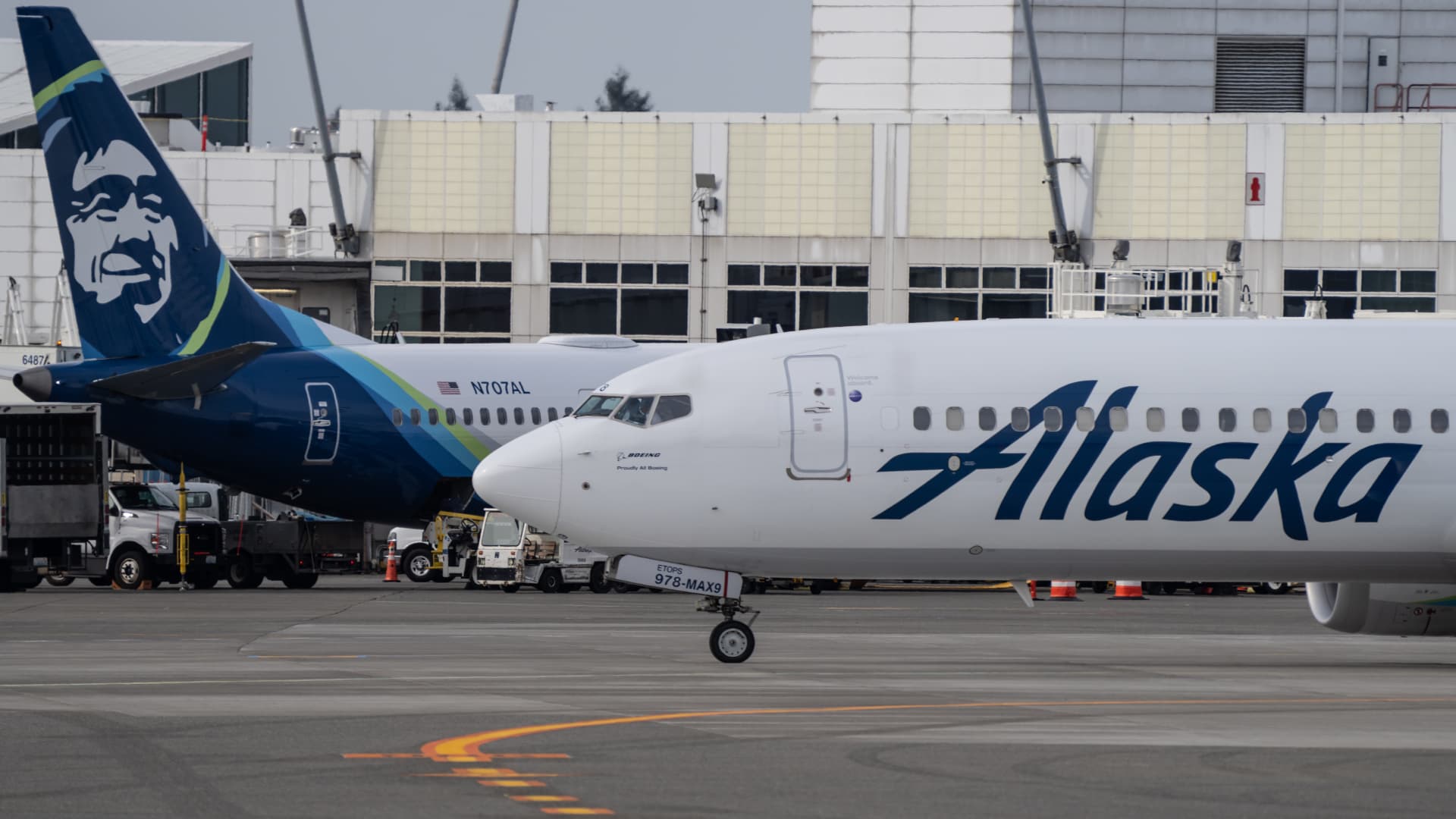Border Patrol Tactical Unit Has at Times Played High-Profile Role

WASHINGTON — In the sprawling distances of South Texas, sheriff’s deputies, local and county police officers, Texas Rangers and Highway Patrol troopers, U.S. Border Patrol agents, immigration officers and other members of law enforcement work together on a daily basis.
Along the more than 1,200 miles of border between Mexico and Texas, federal, state and local law enforcement agencies respond to one another’s calls for backup and regularly conduct joint operations.
So it was not unusual that agents with Border Patrol and Immigration and Customs Enforcement responded to the desperate request for backup from the Uvalde Police Department on Tuesday. It was highly unusual, however, for ICE officers to be pulling children out of school windows, and for Border Patrol agents to play such a central role in response to a school shooter, firing the bullets that killed him.
The Uvalde police asked for tactical equipment when they called for backup, and members of the Border Patrol Tactical Unit, the agency’s version of a SWAT team, dropped what they were doing and go to the school, about a 40-minute drive from where they had been working on the southwest border.
(Even though the Border Patrol’s mission is to secure the nation’s international boundaries, it is allowed to operate up to 100 miles from a land or coastal border.)
Ultimately — about 35 minutes after the unit members arrived at the school, Steven C. McCraw, the director of the Texas Department of Public Safety, said at a news conference on Friday — it was a sharpshooter from the Border Patrol Tactical Unit, or BORTAC, who killed the gunman around 12:50 p.m.
At the news conference, Mr. McCraw said the local police had been in charge of the response and that not sending law enforcement officers into the classroom where the gunman was for more than an hour had been “the wrong decision.”
From Opinion: The Texas School Shooting
Commentary from Times Opinion on the massacre at an elementary school in Uvalde, Texas.
- Michelle Goldberg: As we come to terms with yet another tragedy, the most common sentiment is a bitter acknowledgment that nothing is going to change.
- Nicholas Kristof, a former Times Opinion columnist: Gun policy is complicated and politically vexing, and it won’t make everyone safe. But it could reduce gun deaths.
- Roxane Gay: For all our cultural obsession with civility, there is nothing more uncivilized than the political establishment’s acceptance of the constancy of mass shootings.
- Jay Caspian Kang: By sharing memes with each new tragedy, we have created a museum of unbearable sorrow, increasingly dense with names and photos of the deceased.
Border Patrol created the BORTAC unit in 1984, in response to rioting at immigration detention facilities. Since then, agents in the unit have at times found themselves in high-profile situations. In April 2000, it was a gun-wielding BORTAC agent who seized Elián González, the Cuban boy who was at the center of an international custody battle. The agent grabbed the boy from his great-uncle’s arms after agents had forced their way into the house in Miami where Elián had been staying.
The little-known unit, headquartered in El Paso, has about 250 agents. Its members most often operate along the country’s borders, conducting operations like breaking into stash houses where smugglers hide drugs and weapons. Most of the people the unit targets are violent, with lengthy criminal records. Its agents have enhanced, Special Forces-type training; they typically carry stun grenades and hold sniper certifications. They arrived at Robb Elementary School on Tuesday with three ballistic shields, which are designed to stop or deflect bullets and other projectiles.
Becoming a member of the unit involves a three-week selection process that includes constant physical and mental stress and food and sleep deprivation.
“We are looking for an overall combination of toughness, heart, intelligence and integrity,” Mike Marino, a supervisory agent with BORTAC, said earlier this year. “The goal is to assess in someone what is normally immeasurable. You have to get a sense of person’s true being.”
Members of the unit also operate around the world and have provided training and supported military action in Afghanistan and Iraq.
The unit has been criticized for some of its actions, including its involvement in former President Donald J. Trump’s efforts to quash protests against police violence in Portland, Ore. in 2020, after George Floyd’s murder. That June, Mr. Trump sent 66 agents from the specialized unit, along with other federal law enforcement officers, to Pearland, Texas, for the burial service of Mr. Floyd, a Black man killed by a white Minneapolis police officer.
Mr. Trump also sent members of the unit to so-called sanctuary cities — where local police are instructed not to assist federal immigration enforcement agents. They were sent to help Immigration and Customs Enforcement officers with arrests of undocumented immigrants. Many saw the operation as a scare tactic, part of the Trump administration’s efforts to crack down on illegal immigration.
While it is rare for the BORTAC team to play such a central role in the response to a local crime, it has happened before.
In 2015, members of the team assisted with the manhunt of the escaped convicted killers Richard Matt and David Sweat in upstate New York. A member of the team shot and killed Mr. Matt, after the team found him hiding in the woods.
Many Border Patrol agents and officers with Customs and Border Protection, its parent agency, live in the Uvalde area, which is part of the 245-mile-long Del Rio Border Patrol sector. The sector includes a station and traffic checkpoint about an hour from the U.S. border with Mexico. Parts of the Texas border are popular crossing points for undocumented migrants, and Border Patrol agents, in their green uniforms, are everywhere.
Raul Ortiz, the Border Patrol chief, said that when his agents got the call about the Uvalde shooting around 11:30 a.m. on Tuesday, between 80 and 100 of them — both on and off duty — headed to the school.
“Right away, we decided that we needed to engage,” Mr. Ortiz said Wednesday on CNN.
“The people that work in law enforcement, particularly in South Texas, have such a strong kind of common bond, almost familial,”said Charley Wilkison, the executive director of the Combined Law Enforcement Associations of Texas, a professional association. “Sometimes in South Texas, law enforcement is just seen as one thing.”
Chief Victor Rodriguez of the police department in McAllen, Texas, said Border Patrol works so closely with local law enforcement that it is considered another law enforcement asset in the community.
Most often, he said, incidents that Border Patrol responds to along with local officers are related to immigration.
In a situation like the school shooting in Uvalde, Mr. Rodriguez said, “all local law enforcement agencies react and respond to see if they can help.”
Edgar Sandoval contributed reporting from Uvalde, Texas.
World News || Latest News || U.S. News
Source link



